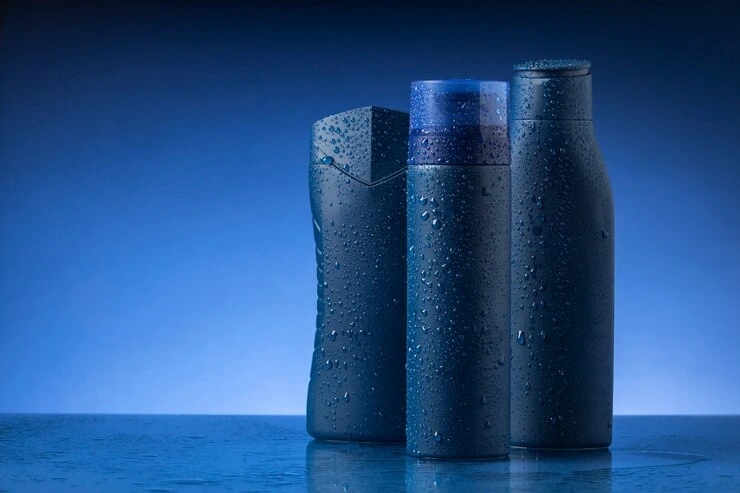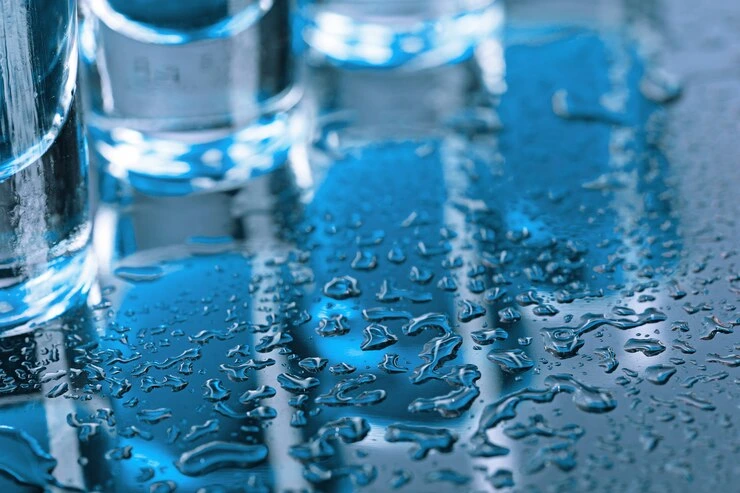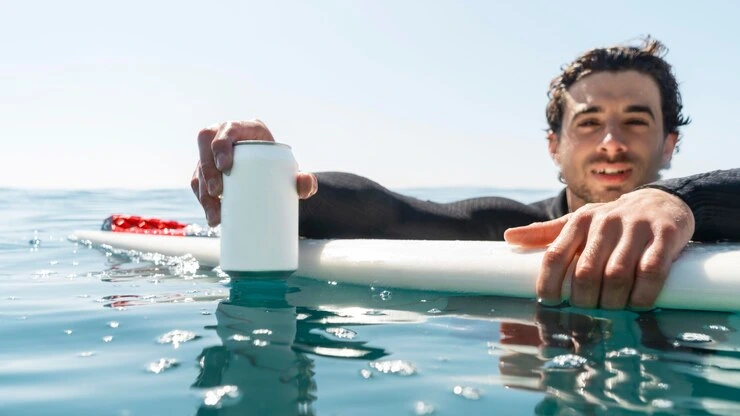-
Govind Bhawan,Kolkata - 700001
Govind Bhawan,Kolkata - 700001

Hello Reader!
Welcome to the blog page of Pestonix, one of the best waterproofing services in Kolkata.
When choosing products or services for your home or office, terms like “waterproof” and “splashproof” often come into play, especially in contexts involving protection against water. While both terms relate to water resistance, they are not interchangeable and serve different purposes. Understanding the difference between waterproof vs splashproof is crucial to making informed decisions, whether you’re purchasing gadgets, outdoor gear, or hiring the best waterproofing services in Kolkata for your property.

Waterproof refers to a material or product’s ability to completely resist water penetration under specific conditions. Waterproof items are designed to provide full protection against water, even when submerged or exposed to heavy water pressure. In the context of construction and home care, waterproofing ensures that walls, roofs, or basements are entirely sealed off from water intrusion.
Examples: A waterproof roof membrane, a sealed basement, or a waterproof watch designed to withstand submersion in water.
Splashproof, on the other hand, refers to resistance against light water exposure, such as splashes or light rain. Splashproof items are not designed for prolonged contact with water or complete submersion. They offer limited protection, mainly for casual or temporary water exposure.
Examples: A splashproof phone case, garden furniture treated for light rain, or splash-resistant coatings on outdoor equipment.
| Feature | Waterproof | Splashproof |
| Level of Protection | Complete protection from water ingress. | Limited protection against splashes and light rain. |
| Usage | Suitable for heavy water exposure and submersion. | Suitable for casual or light water contact. |
| Durability | Highly durable and long-lasting. | Less durable under constant water exposure. |
| Applications | Roofing, basements, outdoor gear, electronics. | Garden furniture, light-use items, small gadgets. |
| Cost | Generally more expensive due to enhanced features. | More affordable due to basic protection. |
When it comes to buildings, understanding waterproof vs splashproof is essential to protect your property from water damage. Waterproofing ensures that areas prone to water seepage, such as basements and roofs, remain secure from long-term exposure to water. Splashproofing, while useful in light-exposure areas like balconies or outdoor furniture, is not sufficient for structural protection.
Also Read: What are the Advantages and disadvantages of polyurethane waterproofing materials?

Choosing between splashproof and waterproof products for your home can significantly impact how well you protect your belongings from water damage. Understanding the distinctions between these two categories is essential, especially when considering the specific needs of your environment. Here’s a detailed guide on how to make the right choice between splashproof and waterproof products.
Waterproof products are designed to prevent water from entering entirely, even under conditions of full immersion. They are typically rated with an IP (Ingress Protection) rating of IPX7 or higher, indicating they can withstand submersion in water without damage. Examples include waterproof cases for electronics, outdoor gear, and certain types of clothing.
Splashproof, on the other hand, refers to products that can resist light splashes or minor exposure to water but are not intended for full immersion. These items usually have an IP rating of IPX4, meaning they can handle splashes from any direction but should not be submerged in water. Common examples include certain electronics like smartphones and kitchen appliances.

Understanding the differences between splashproof and waterproof products is essential for making informed purchasing decisions. However, several common misconceptions can lead to confusion. Here are some of the most prevalent myths surrounding these terms:
One of the biggest misconceptions is that all waterproof products can be submerged in water indefinitely without any risk of damage. While waterproof items are designed to resist water penetration, not all are rated for prolonged submersion. For instance, products with an IPX7 rating can withstand being submerged in water up to one meter for a limited time, but this does not mean they are suitable for deep-water activities like diving.
Many people mistakenly believe that splashproof products are equivalent to water-resistant ones. While both terms imply some level of protection against moisture, splashproof items are specifically designed to withstand light splashes or brief exposure to water but should not be exposed to heavy rain or submersion. In contrast, water-resistant products may offer varying degrees of protection but do not guarantee complete safety from water ingress.
There is a common belief that the water resistance of products diminishes with age and use. While it is true that the effectiveness of certain coatings (like Durable Water Repellent – DWR) may decline due to wear and tear, the inherent waterproofing capabilities of high-quality materials do not necessarily degrade over time if properly maintained. Regular cleaning and care can help maintain their performance.
Some homeowners think that once they apply a waterproofing solution, it will last forever without any maintenance. This is misleading; waterproofing membranes and coatings require regular inspections and maintenance to ensure their effectiveness over time. Factors such as weather conditions, structural shifts, and wear can compromise their integrity, necessitating periodic checks and potential reapplication.
Another misconception is that splashproof products can handle heavy rain or significant moisture exposure without issue. While splashproof items can resist minor splashes, they are not designed for sustained exposure to rainfall or submersion in water. Using splashproof items in heavy rain situations can lead to damage or malfunction.
Many people believe they can achieve the same results as professionals by using DIY waterproofing solutions available online. However, professional waterproofing services often utilize specialized techniques and high-quality materials that ensure durability and effectiveness beyond what typical DIY methods can provide. Consulting experts ensure that the right solutions are applied based on specific needs and conditions.

When considering the use of splashproof products for outdoor activities, it’s essential to understand their limitations and capabilities. Here’s a breakdown based on the information gathered:
Splashproof products are designed to resist minor water exposure, such as light rain or accidental splashes. They typically have an IP (Ingress Protection) rating of IPX4, which means they can withstand splashes from any direction but are not meant for full submersion in water. This makes them suitable for various outdoor activities but with certain precautions.
When considering the use of splashproof products in kitchens or bathrooms, it’s essential to understand their limitations and capabilities. Here’s a detailed exploration based on the information gathered.
Splashproof products are designed to resist light splashes and minor exposure to water but are not intended for full immersion. They typically have an IP (Ingress Protection) rating of IPX4, meaning they can withstand splashes from any direction but should not be submerged in water. This makes them suitable for certain applications in kitchens and bathrooms, but caution is necessary.

At Pestonix, we specialize in waterproofing solutions that cater to the unique challenges faced by homes and businesses in Kolkata. With high humidity and frequent rains, waterproofing is a necessity to prevent structural damage, mold growth, and seepage issues. We provide customized solutions that go beyond splashproof coatings, ensuring comprehensive protection for your property.

1. What does waterproof mean?
Waterproof means a product or surface is completely resistant to water penetration, even under prolonged exposure or submersion.
2. What does splashproof mean?
Splashproof refers to resistance against light water exposure, such as splashes or drizzle, but it cannot handle immersion or heavy water contact.
3. What is the key difference between waterproof and splashproof?
Waterproof provides full protection against water, while splashproof offers limited protection against minor splashes or light moisture.
4. Where is waterproofing typically used?
Waterproofing is used in high-risk areas like roofs, basements, and foundations, where prolonged water exposure can cause significant damage.
5. Why is understanding waterproof vs splashproof important?
Knowing the difference helps you choose the right solution for your needs, ensuring proper protection for your gadgets, home, or outdoor equipment.
Understanding the distinction between waterproof vs splashproof is key to making the right choices for your home, gadgets, or outdoor spaces. While splashproofing is suitable for light and temporary water exposure, waterproofing is essential for complete and durable protection against water damage. At Pestonix, we pride ourselves on being the best waterproofing services in Kolkata, providing reliable and effective solutions for all your waterproofing needs.
Whether it’s your roof, basement, or an outdoor area, trust Pestonix to deliver superior results. Contact us today to protect your property and experience the difference professional waterproofing can make!